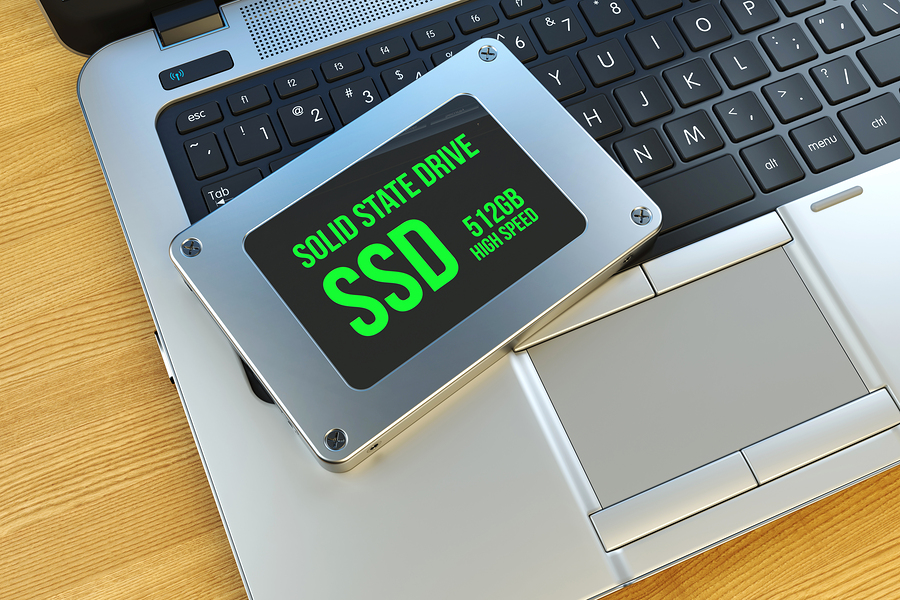With the improvement in technology, we can see new components and devices coming up- one of them is SSD. Yes, Solid State Drive. They could be high in price but are more efficient when compared to HDDs. Many users use them because of their high-speed and high capacity. You can achieve top speed to read and write of about 550MB/sec with SSDs. Another example of speed is that you can boot into Windows 8 within 7 seconds using SSDs.
As we all know the rotating engine and data reader components of HDDs are easily affected by external factors such as shaking, falling and applying pressure that may result in complete inactivity even though the data is still available. The available data can be retrieved, but the device loses its ability to operate. You can always rely on professionals for data recovery, whether it’s HDD or SSD.
In contrast to HDDs, solid-state drives have no moving parts that could be affected by an external force. It works perfectly well for all silent operations, but that doesn’t mean they are a perfect device. Some mistakes lead to the total destruction of SSDs, let’s have a look:
Performing Defragmentation on SSDs
HDD users have a habit of defragmentation since it makes the drive more compact and faster for data retrieval. Defragging helps make accessing the files on that disk faster in HDDs. If the same operation is performed on SSD, it will eventually reduce its life.
The reason is that defragmentation is a form of sorting and recording data that reduces the number of remaining writes in SSDs whereas SSDs already have limited writes. Another reason is SSDs don’t have disk plates which means there is no latency for data positioning time, and that does not improve speed but reduces life.
Not using TRIM Command
Since SSD does not require defragmentation as they do not have read/write heads, but one must use the TRIM command. It optimizes the capacity of an SSD by allowing garbage collection or background processes to ignore the stray or obsolete data. This helps drive work more efficiently and leads to faster performance. Some older SSDs may not support this command; therefore, check whether the operating system you are using supports this command or not.
Running Older Versions of Windows on SSDs
The operating systems such as Windows XP and Vista are not supported by the TRIM command and can damage the drive. This means when you will try to overwrite, the operating system cannot send the TRIM command to the drive and the data doesn’t get deleted from the drive, it still exists in a certain part where it cannot be removed. Because of this reason, the speed of SSD slows down to work with an older version of Windows.
When the SSD is in Full State
When the drive is in the full state that is no storage capacity left, it operates more slowly. When the storage space is inefficient, every NAND storage in the drive will be loaded, which forces SSD to read data from the cache and insert new data into the bundle. This process significantly reduces the performance of SSDs. Therefore, if the data is lost, consult SSD data recovery specialists and try to improve the speed by adjusting the storage space.
